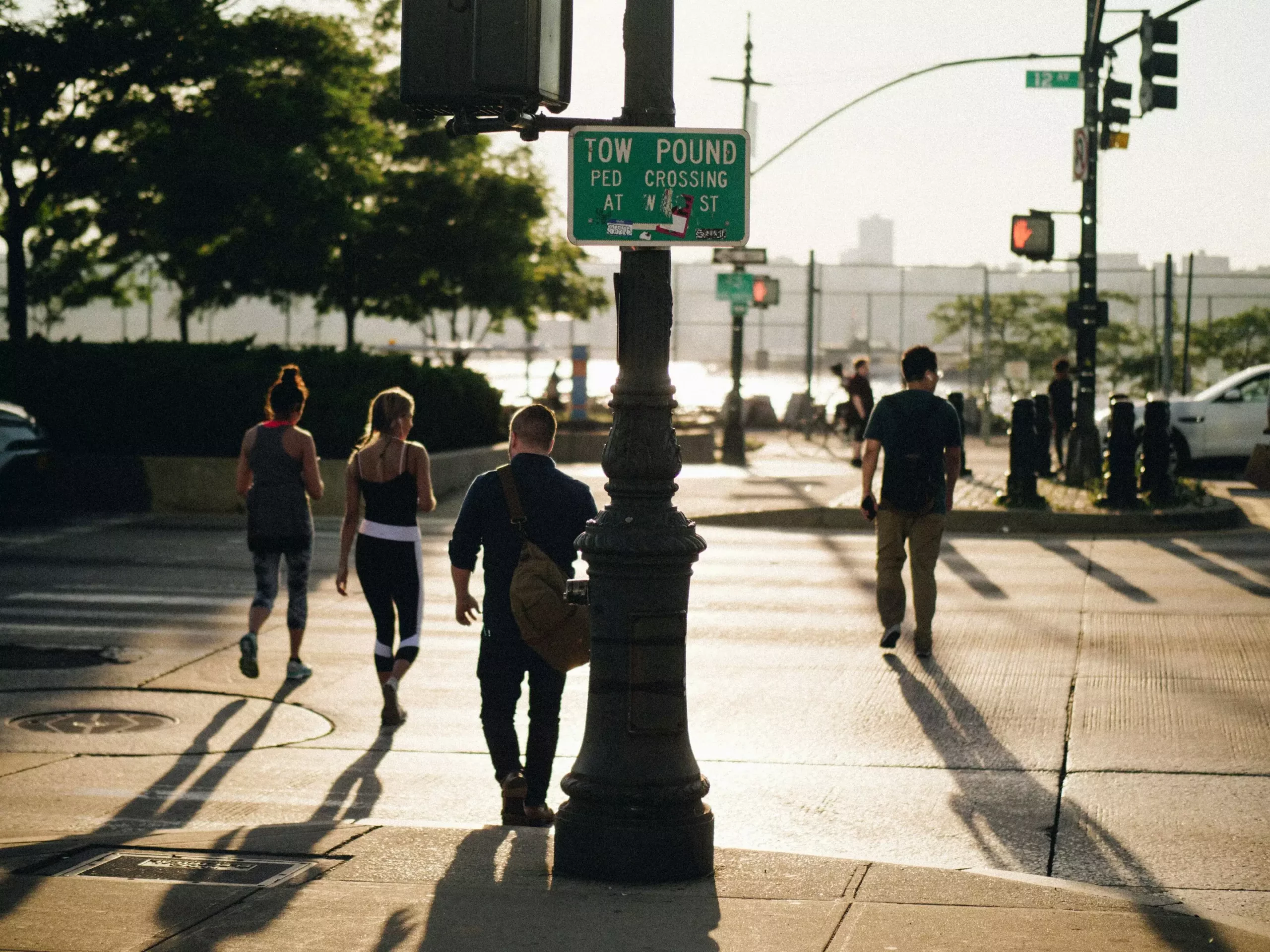Recent research from the University of Birmingham highlights a critical but often overlooked aspect of urban pollution: non-exhaust emissions from vehicles. While the transition to electric vehicles is often hailed as a solution to improve air quality, harmful particles from brakes, tires, and roadway wear continue to jeopardize public health. This study, published in the Royal Society Open Science journal, emphasizes the urgent need to address the chronic health issues arising from these elusive pollutants, which are not visible to the naked eye yet can lead to severe long-term health complications for pedestrians and cyclists.
To tackle this pressing issue, the researchers developed a groundbreaking approach using immersive virtual reality (VR). By utilizing advanced computational fluid dynamics models, they created simulations that reveal how and when these harmful particles are dispersed in urban environments. These visualizations serve as powerful educational tools, enabling citizens, city planners, and policy makers to grasp the pollution landscape in their cities. Participants tested these VR models in Birmingham, a city that ranks as a major contributor to the UK’s PM2.5 emissions, specifically highlighting the omnipresent risks that arise from everyday urban commuting activities.
One of the significant findings from this research is the identification of key exposure risk moments during daily commutes, particularly at bus stops, pedestrian crossings, and cycle lanes. Dr. Jason Stafford, the principal investigator, noted that the highest pollution exposure occurs during braking events, making areas near busy road junctions particularly hazardous. By immersing individuals in a realistic virtual environment where they witness their exposure to these pollutants in real-time, the study empowers them to make informed decisions. People can adjust their routes or times of travel to minimize their exposure, effectively incorporating this newfound knowledge into their commuting habits.
Beyond raising individual awareness, the study proposes a shift in urban planning strategies to promote cleaner air. Current designs often overlook the risks associated with exposure to volatile compounds released at braking zones, leading to health hazards clustered around high-traffic areas. With the insights gained from VR experiences, urban planners can redesign city layouts to minimize the intersections where pedestrians and cyclists are most susceptible. This proactive approach could reshape urban environments to foster healthier living conditions, resulting in a significant decrease in related health issues.
The University of Birmingham’s research underscores a vital intersection between technology and public health. As cities continue to grapple with pollution, innovative solutions like physics-informed VR can help unravel the complex ecosystems of urban air quality. By making invisible dangers visible, this technology holds the promise of not only educating the public but also inspiring urgent changes in city planning. By prioritizing cleaner air, we can safeguard the health of future generations while creating more adaptable and resilient urban spaces. The findings serve as a clarion call for cities worldwide to integrate cutting-edge resources in combating pollution, ultimately enhancing urban life for all.

